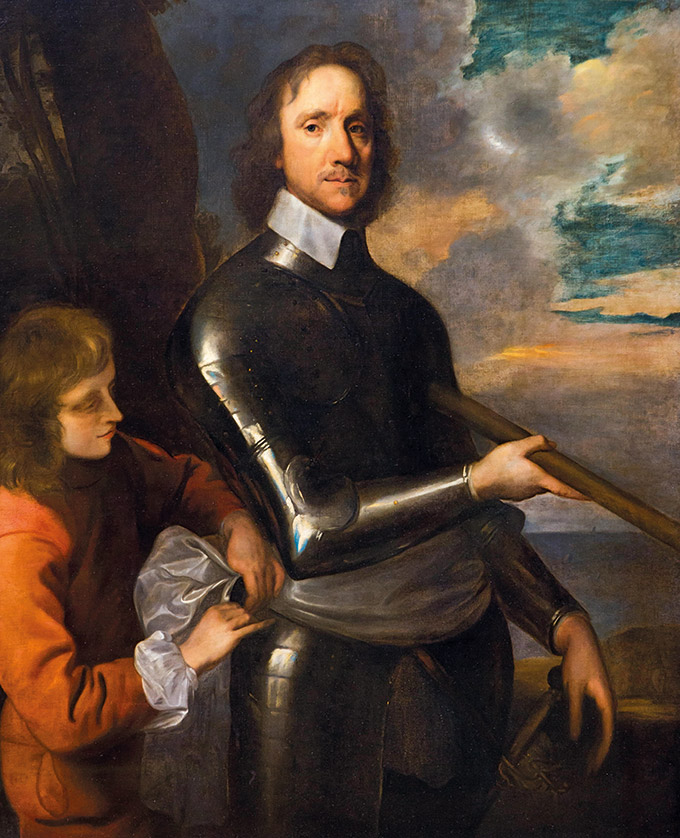Oliver Cromwell sided with the Roundheads during the English Civil War and became a leader of the New Model Army. He ruled from 1653 to 1658
The only non-royal to rule the country, Oliver Cromwell remains one of the most controversial figures in British history. To some, he’s the father of democracy and a hero of the common man. To others, he’s a military dictator who rose from obscure roots during the English Civil War to rule with his puritanical, iron-like will.
Born in Huntingdon, Cambridgeshire, on 25 April 1599, Cromwell was a gentleman of limited means. Little is known about his early life until a modest inheritance and a religious conversion transformed his circumstances. He stood for Parliament for Huntington in 1628 and later Cambridge in 1640 (his former home in nearby Ely is open to the public today as Oliver Cromwell’s House). However, he wasn’t significantly involved in national politics until the outbreak of the English Civil War in 1642.
English Civil War
Cromwell sided with the Roundheads and soon became a principal commander of the New Model Army. His role in the 1644 Battle of Marston Moor was crucial to victory. He was no great tactician. Instead, success stemmed from his ability to instil self-belief in his men and share his conviction that God was willing them to win.
He wasn’t, at first, completely against the monarchy. However, after placing King Charles I under house arrest, they failed to agree a settlement. The king escaped Roundheads’ custody, sparking a second civil war in 1648.
Battle of Worcester
In 1649, Cromwell was a signatory to Charles’s death warrant and went on to defeat the claimant to the throne, Charles II, at the Battle of Worcester on 3 September 1651. Charles II fled to mainland Europe as Cromwell returned triumphantly to London.
In 1653 he dismissed the ‘Rump’ parliament by military force in a bid to establish his parliament of saints, but was then invited to rule as Lord Protector of the Commonwealth. Cromwell was even offered the crown itself, which he refused. Although during his five-year rule the country was a de facto republic, he claimed monarchic prerogatives, including choosing his inexperienced son Richard as his successor.
Cromwell died from natural causes in 1658 and was buried in Westminster Abbey. However, after the Reformation in 1660, royalists had his remains dug up, hung in chains and beheaded.
Key dates
- 1651 – Charles I’s eldest son, Charles II, is crowned King of Scotland
- 1655 – Britain seizes the Caribbean island of Santiago from the Spanish, renaming it Jamaica






 © 2024
© 2024